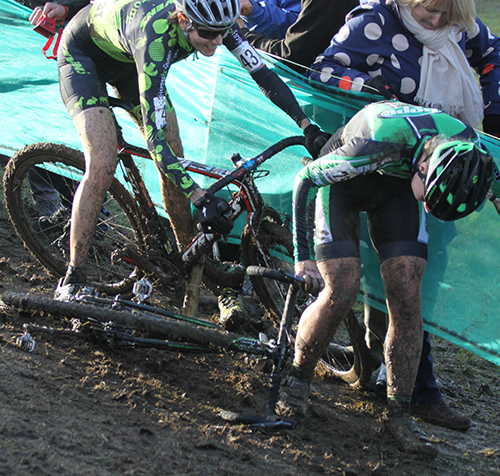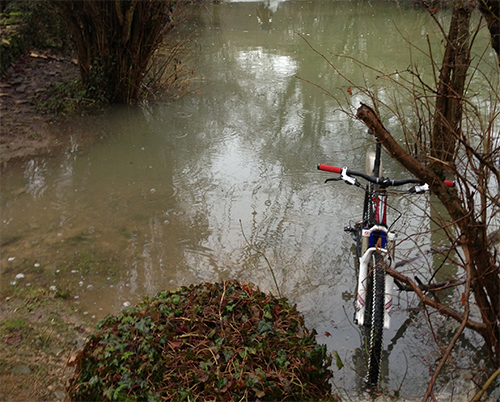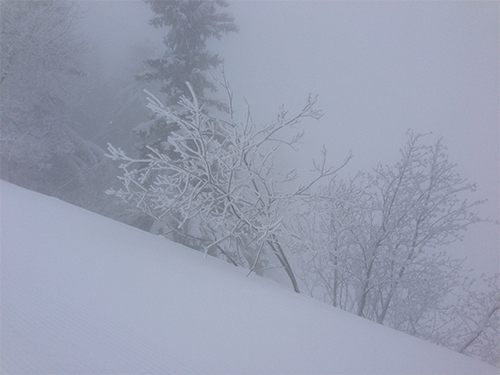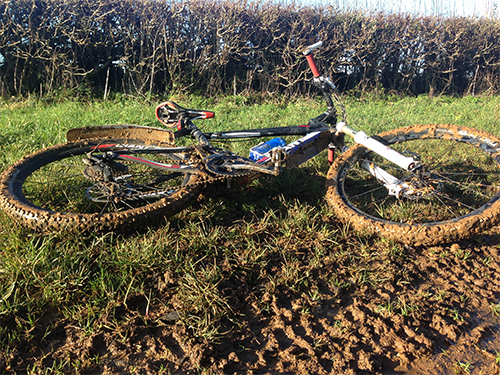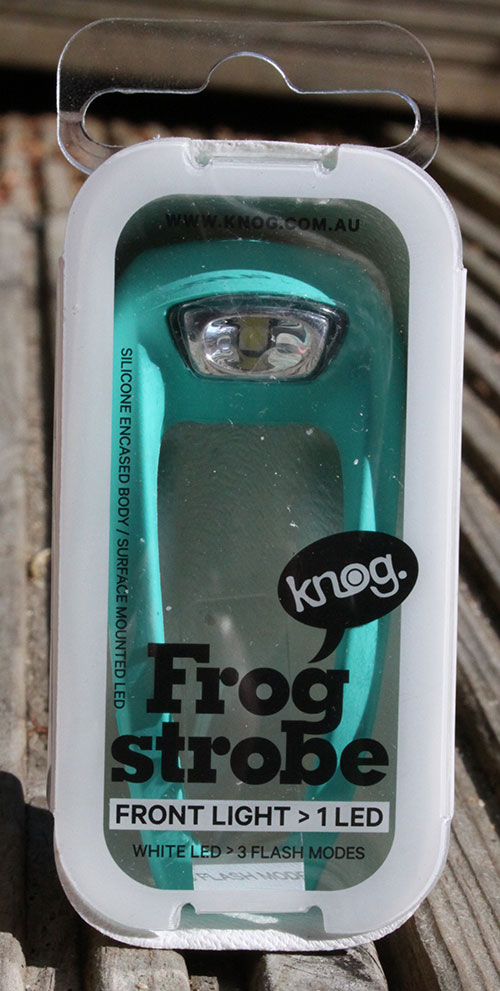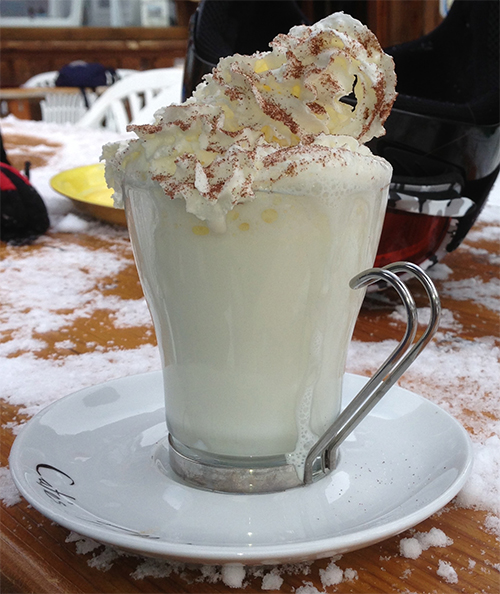Note – While I’ve written these articles with respect to mountain-biking, it’s aimed at the trail/XC end of MTB, so much of the information is directly relevant for other cyclists, including cyclocrossers, rural commuters, winter tourers. I’d hope that other less muddy cyclists will benefit from some of the tips and ideas. These articles are all about getting people on their bikes and out the door, so I’ll add more thoughts on how to ride and deal with inclement conditions in later articles.
It’s that time of year when every right-thinking person is looking forward to wrapping up warm for frosty countryside strolls or curling up in front of the fire of an evening… whereas the rest of us are trying to escape this and head for the hills on our bikes. But it’s no longer the summer, with the offer of dusty rides en route to a glass of cider in a sunny pub garden, we’re tracking into November, it’s now the winter and it’s getting hard to force ourselves out the door… so what’s to like about winter rides, and what’s not so nice…
Slippery… the joys of the summer are the warm days, clear skys and dry trails & roads, which combine to make cycling fairly safe & secure. When you’re cycling in the summer, unless you’re really pushing the envelope, your bike doesn’t generally decide to disappear from beneath you with no notice at all, leaving you in a dazed heap on the ground. Unfortunately the winter brings challenges that can do exactly that – it’s not so bad that you should put your bike away until the end of the spring next year, but you need to be more considerate of surroundings during your ride. Any dampness on the road will compromise your tyres’ grip on the road. As an example, the most notorious piece of road near me is a ford near Norton. Although there’s rarely a ford flowing here, the base of the ford has been concreted making it smoother than the tarmac either side, it lies on a shady corner and is just before a short hill, so there’s every temptation to put the pressure on as you hit the ford to get round the corner and up the hill. In the summer it’s fine, but unfortunately throwing some dampness into the mix has been enough to dump several friends very painfully onto the road here.
Frosts are the most desperately frustrating – you’ll wake up to a glorious sunny winter morning, looking perfect for a spin, only to find the road holding onto the frost in shady areas. This is all manageable, unless you’re not thinking ahead and tank round a corner into that frosty section of road. And don’t ignore black ice, it’s not a myth used by radio traffic announcers to scare drivers, it’s real, it can be impossible to see until it’s too late and it’s absolutely impossible to cycle or even walk on. I learned this lesson very well in my teems when I raced through our local recreation ground on a cold winter’s evening, came to the end of a straight and steered left through a huge expanse of standing water, only to have the bike vanish from under me as I slipped spectacularly on the frozen water in the puddle.
Wet… Regardless of the sort of winter we’re going to have, you can guarantee that it’s going to be wetter than the summer, so that needs to be the starting point for any ride pre-planning… you need to assume that it’ll be wet at some point before or during a ride. The thing about our rain is that it doesn’t need much to turn the trails into quagmires. We’ll come onto mud shortly, but in my experience, as the rain gets heavier, the mud gets thinner which, combined with the obvious cleaning effect of the torrential rain, means that you arrive home cleaner – albeit feeling like a drowned rat. Frustratingly with winter rain is the fact that it’s also cold, not at all like a summer shower, so any jacket you have really does need to be waterproof, which in turn contributes to that boil-in-the-bag feeling if you’re working really hard. All you can do to avoid this is try to make good use of the layers you wear under a jacket (see the next section about ‘cold’ for more about layers). My ‘depths of the winter’ jacket is an Altura Night Vision… it’s seen better days, so I’m not overly precious about throwing it down the local trails, but it retains enough waterproofness to shed the worst of the wet weather. It’s also black, so not too aesthetically shocking for trail use – I have a newer and more waterproof version in fluoro yellow that I use as my winter road jacket, and I fully expect that to be retired to trail use as it ages.
Beware of puddles… if you can’t see the bottom of the puddle, you can’t be sure how deep it is, so consider if it’s deep enough to cause you problems. I always try to avoid puddles on the road, as they often conceal potholes, which are deep enough with sharp edges to case pinch punctures and those are never good to have to fix on a rainy day. Out on the trail I take a slightly different approach – the holes tend to be ‘softer’, so there’s less risk of those jolting crashes into potholes, the speeds tend to be slower and, more importantly, you’re on a mountain bike, so you expect to have some rough stuff.
How about floods? The main issue to consider with flooded areas is whether or not the water is flowing. Flowing water exerts huge forces, so should be avoided at all costs, especially if it’s part of a river that’s burst its banks – people die in flowing water, even relatively shallow water (I could give examples from my kayaking background, but that’d take time, so just take my word for it). Deep stationary water presents less of an issue, but still carries obvious risks depending on whether you’re able to touch the bottom, you can swim, how cold the water is, other hidden obstacles. Anyone who’s seen a Fire Brigade deep-water training exercise will have seen them moving through the water very slowly using a stick or pole to feel for hidden obstacles or areas of deeper water – they’re doing that to be safe, so take note and keep away wherever possible. Towpaths are the worst of flooded obstacles, if only because it’s so easy to cycle off of the edge and into the water if you can’t see where the path finishes. Saying that I’m guilty of tramping through flooded fields to get to dry ground around flooded rivers near us and cycling around flooded paths, but in my defence I’d argue that I know these trails extremely well and am confident with the ground underfoot. Just be exceptionally cautious around deep water.
Cold… Having dealt with the rain, getting cold is clearly the next issue with winter cycling and the simple challenge for all cyclists is whether or not to leave the cozy warmth of a bed/kitchen/pub to get on a bike. Probably the biggest challenge that we all struggle with is what to wear to deal with the cold, because the thing about cycling is that you get warmer as you ride, so there’s no getting round the simple fact that you have to start off colder than you’d like in order to avoid getting way hotter than you want to be – and that’s often a difficult sell for anyone toying with whether or not to get the bike out, “do I really want to feel cold?”.
Again it’s all down to layers and, in my experience, if you can avoid wind chill (where the cold bows through your clothes) then you’ll be fine… so my preference for winter rides is wear a windproof jacket (which is invariably my waterproof) and then choose one or two baselayers to suit how cold it is, often ending up with just a t-shirt under the jacket. I do start chilly, but as long as the wind isn’t getting to my skin it’s never unbearable and things quickly warm up as the ride gets going. I rarely wear any proper cycle jerseys during the winter, as they hold the sweat and the material feels cool on the skin, which isn’t ideal on a frosty morning, and instead rely on several thin baselayers – my staple layers are a GroundEffect merino vest, a Rapha short-sleeve merino base layer, a long-sleeve Rab synthetic baselayer and a long-sleeve zip-neck (thin) thermal from Decathlon… a combination of two of these covers most eventualities, with one often spending much of the ride in my rucksack. Over the summer I’ve also discovered the benefits of baselayers during hot weather, so will be recycling my Planet-X vest this winter for ‘cool’ duties.
Temperature, moisture and wind are the three weather components that influence the degree of cooling that you’re exposed to. They work in different ways, but can combine to make you feel uncomfortable or, at worst, succumb to some degree of hypothermia. In the vast majority of cases when you’re out on the trails, it’s just a case of manning up and accepting that you’re feeling a bit nippy, but don’t ignore the potential for something more serious if you or any of your colleagues start to feel really cold, and be prepared to change your plans if the weather takes a turn for the worst.
Muddy… I love mud, it doesn’t matter where you live, winter equals rain which means muddy trails. Even the chalkiest of trails over the South Downs will get muddy, the only obvious difference being that you and your bike get sprayed with white mud, not brown. Whilst the colour of the mud makes things more aesthetically pleasing, it’s the consistency that you really need to worry about. Round and abouts us we have good trails that catch the water and turn muddy fairly quickly, but fortunately this is best described as ‘runny’ mud or the sort that doesn’t build up on your bike. However, heading off across those bridlepaths that track across fields brings you up close and personal with clay, this is the sort of stuff that quickly gets layered up on your tyre with every rotation until you have several inches of mud around your wheels and getting scraped off into the nether regions of your frame… ultimately it makes cycling impossible, and resorting to Shank’s Pony doesn’t help as the same happens to your feet. So you need to pick your trails and be prepared to do a u-turn if you find things getting too heavy underfoot – bear in mind that that clingy mud won’t go away on its own and will only get worse, so be ready to bail out of a chosen route.
On a positive note nothing marks you out as having gone for a serious off-road ride as a decent covering of mud from head to toe. Getting mud up your legs is one thing, but arriving at a café with a face sprayed side to side with much of the local countryside definitely puts you in Ninja-biker territory. Just remember to be respectful of any cafes you do visit en route and don’t plonk your mud-covered butt on their clean chairs… if there’s an option to sit outside, at least have the courtesy of using your jacket inside out (clean inside on the chair, filthy outside on you) to protect their furniture. See the note in the next article about cleaning the grime off of you.
Dark… Winter brings shorter days, so any early starts or late finishes will mean cycling in the dark requiring decent lights, but being off-road you’ll have the advantage of avoiding a good deal of road traffic. Possibly a bigger issue with light in the winter is that it can just seem to be murky all day, so there’s a strong argument in favour having some small ‘visibility’ lights (such as the Knogg lights) front and rear throughout the day, even on the trail, just to make yourself more visible.
Foggy… It’s not often that I’d suggest missing the chance to get in a bike ride, but if you don’t have to cycle when it’s foggy, then I suggest that you don’t. It’s stating the obvious but fog kills visibility. Even the brightest trail lights don’t cut through fog and actually probably make visibility worse as the light bounces back off of the mist. So you’ll struggle to see, but more importantly other road and trail users won’t see you, which is a horribly dangerous mix.
And don’t forget the white stuff… cycling in snow is great fun. You will fall off, so take it easy, and at points during the ride you’ll wonder what the hell you’re doing, but being out and about when everyone is tucked up at home or building snowmen with the kids makes for a unique experience. If you do venture out in the snow, I’d suggest that you ditch any clippy pedals and go for old fashioned flatties, and combine those with some decent walking boots as you won’t be cycling for the entire ride and there actually be quite a bit of walking involved. It goes without saying that, as soon as it snows, the temperature drops, and you might not be able to work hard enough to keep your body temperature as high as you’d like, so wrap up warm from the off.
So what’s to like… I think that once you accept that the onset of winter makes cycling a bit more slippery, then you’re halfway to having a good time. Once you then clear the hurdle that says that stepping outside the door is the hardest part, then you’re pretty much all the way to having a great time. Some of my favourite rides have been in the winter as the light starts to fade, the rain kicks in and the temperature drops to hover around freezing… it makes me feel as though I’m battling the Belgian cobbles in an early Spring Classic, and it does give me a huge buzz.
… and did I mention that cold winter rides mean toasty warm cafes…
